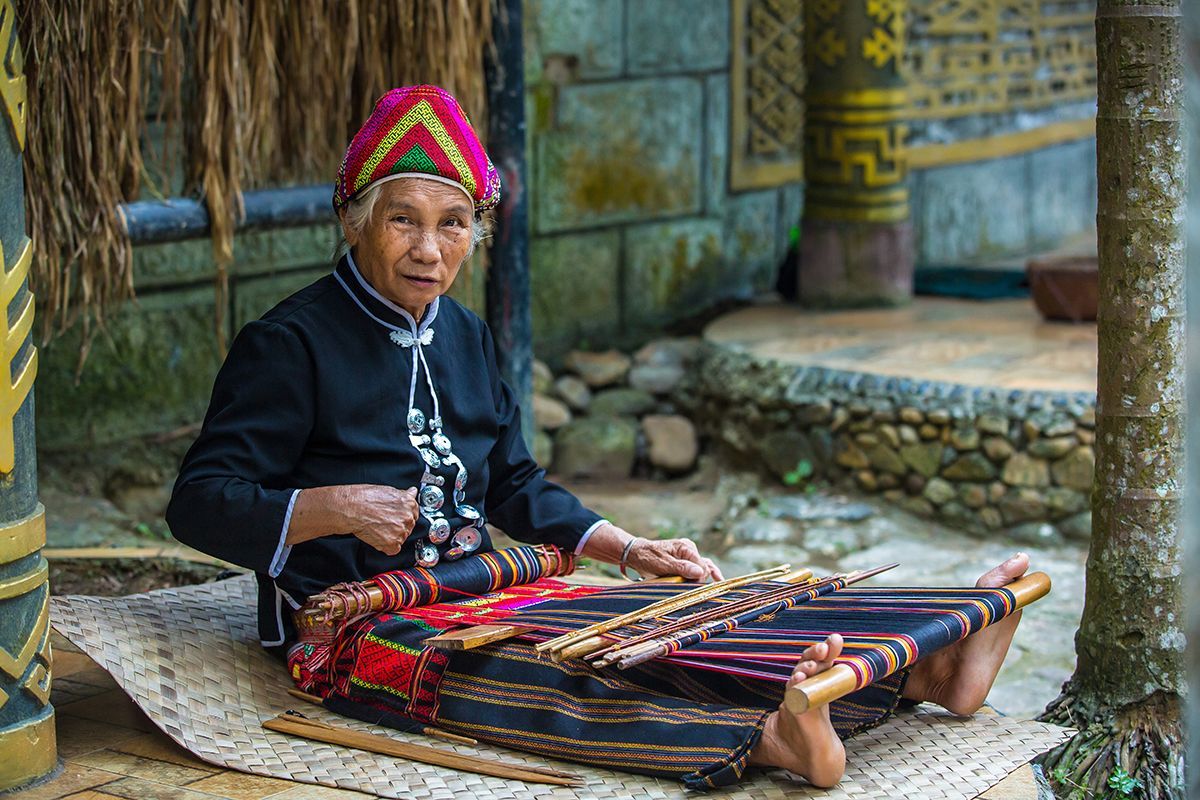© This article is an extract from Paul Hattaway's epic 656-page China’s Book of Martyrs, which profiles more than 1,000 Christian martyrs in China since AD 845, accompanied by over 500 photos. You can order this or many other China books and e-books here.
1900 - Protestant Martyrs in Shanxi
June – August 1900
Shanxi
A memorial stone listing the 189 China Inland Mission martyrs of 1900. The stone now stands in the UK office of the Overseas Missionary Fellowship.
For many Christians around the world and inside China, Shanxi has been known as ‘the martyr province’ ever since the ghastly summer of 1900. John Stevenson of the China Inland Mission, speaking at the unveiling of a memorial tablet in Shanghai in 1902, said:
“From the year 1661 to the year 1893 there were 130 Protestant missionaries martyred in all parts of the world, while during 1900, and including the murder of Mr. Stonehouse in 1901, there were 136 Protestant Missionaries and 53 children (altogether 189) martyred [with the CIM] alone. In Shanxi we had 88 workers in June 1900. More than half that number were killed (47), only 41 escaping.”[1]
More than 150 Protestant missionaries were slain in the single province of Shanxi by the Boxers, encouraged by the hatred of the governor, Yu Xian. After dispatching the missionaries, the Boxers turned their attention on the Chinese Christians. Reports of carnage such as this one came in from all over the province:
“At Xiaoyi…many of the Christians have been killed, and many have had to flee. Their houses have all been destroyed…. At Daning, over ten have been killed, and some of the houses have been burned to the ground, while others have been robbed…. At Hongdong, the mission premises and the homes of over twenty Christian families have been burned, and more than ten of the Christians have been killed.”[2]
Across Shanxi hundreds of Chinese believers were hunted down like animals and subjected to barbaric treatment. A full account of their sufferings has never been published, but the few anecdotal testimonies that surfaced provide an insight into what these disciples endured for the sake of Christ. One report said that many believers
“had the sign of the Cross cut in their foreheads, bearing in their bodies, like St. Paul before them, the marks of their Master. One, He Jianggui, was beaten with a thousand lashes and died in prison. Jiang Lao, who was invited to recant, replied: ‘I cannot forsake the Truth’…. Zhao Xinmao was placed under the blade of a straw cutter. When told, ‘Now recant,’ he replied: ‘I am not afraid, only be quick.’”[3]
Another source noted that the homes of many Christians had been burned down, and their former inhabitants were missing. A teacher named Bei and his family were
“killed, four persons in all, and his house burned…. Mr. and Mrs. Yang Wenhuan, of Yangxiezhuang, were tied up to a post and burned to death…. The mother and daughter of Wang Ximing, of Ximi, were killed, and his house burned…. Mr. Liu Kai jumped down a well and was drowned. At Jijiazhuang, five homes were burned, and five persons killed, and at the village of Tuan, five homes were burned, and four persons killed…. Mrs. Li, of the village of Dongmi, jumped into the Fen River. Mr. Jia Sanri, of Jiaocuan, has been killed. Three persons in the family of Wang Xiaohui were killed, and his home burned. Mr. Wang Zhenlin’s father and mother were killed. The mother of Jiao Sanguan, of Jiaojiayuan, was killed.”[4]
Xiaoyi church members who suffered at the hands of the Boxers.
In one part of Shanxi a Christian cook was captured and severely beaten by the Boxers. Before his death, “his ears were cut off, his mouth and cheeks slashed with a sword, and other shameful mutilations afflicted. He remained true.”[5]
Yang Pu was a Christian servant who was travelling with missionaries at the time the Boxers came to murder him. His wife was seized instead, and stabbed with a knife. Because she was a beautiful woman the Boxers considered sparing her life if she would agree to marry one of them. She refused. They then
“shaved her head and put on the garments of a Buddhist nun, but she refused to act in this character. At last, after vainly trying to make her recant, they decided that nothing was left to do but to kill her. She had two little children. As she was bound, the older child ran by her side carrying the younger, begging the Boxers to spare their mother. They killed the mother and the two children on the same spot.”[6]
At another town in Shanxi, a man who had at first denied Christ to save his life later repented and told the Boxer chief, “‘I cannot but believe in Christ: even if you put me to death, I will still believe and follow Him.’ For this he was beaten to death, his body was cut open, and his heart extracted and exhibited in the magistrate’s office.”[7]
It is little wonder that when Hudson Taylor, founder of the China Inland Mission, first heard news of the slaughter he was convalescing in Switzerland. The terrible news nearly “caused his heart to stop. It was as if a knife had pierced his heart. He said, ‘I cannot read; I cannot think; I cannot even pray; but I can trust.’”[8]

1. Cited in Glover, A Thousand Miles of Miracle in China, 1.
2. “The Persecution of Native Christians,” China’s Millions (January 1901), 11.
3. W. J. Platt, Three Women: Mildred Cable, Francesca French, Evangeline French (London: Hodder & Stoughton, 1964), 28.
4. “The Persecution of Native Christians,” China’s Millions (January 1901), 11.
5. Hefley, By Their Blood, 34.
6. Smith, China in Convulsion, Vol.2, 696-697.
7. Hefley, By Their Blood, 32.
8. Irene Chang et al (eds.), Christ Alone: A Pictorial Presentation of Hudson Taylor’s Life and Legacy (Hong Kong: Overseas Missionary Fellowship, 2005), 115.




